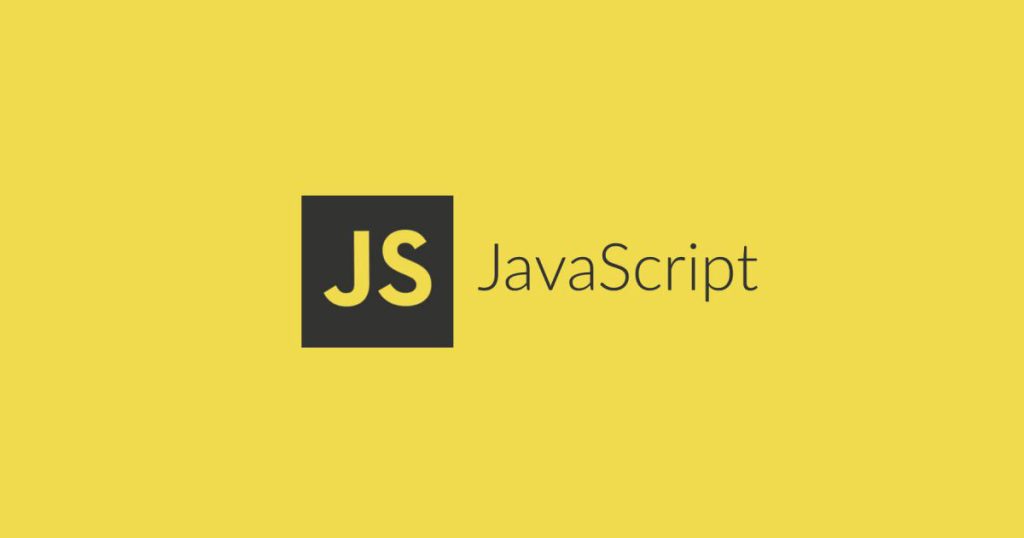8 Essential Data Structures for JavaScript Developers
Discover the Top 8 Data Structures Essential for JavaScript Programming Mastery
JavaScript stands as a prevalent and extensively utilized language, indispensable for website construction. Grasping data structures within JavaScript proves vital, given their pivotal function in the orderly management and adept handling of data. This discourse aims to traverse eight quintessential data structures, imparting knowledge that every JavaScript developer ought to acquire.
1-Arrays:
Arrays are one of the most basic and essential data structures in JavaScript. An array is an ordered collection of values, which can be of any data type, including numbers, strings, objects, or even other arrays. In JavaScript, arrays are versatile and allow dynamic resizing, making them suitable for a wide range of applications. You can access and modify elements in an array by their index, and you can perform various operations like adding, removing, and iterating through elements.
2-Objects:
In JavaScript, objects are versatile data structures that allow you to store key-value pairs. They are used for representing and organizing data in a structured way. Objects can include a mix of data types for their values, making them highly flexible. You can use bracket notation or dot notation to access and change object attributes.
Top 5 Programming Languages for Beginners to Learn in 2024
3-Linked Lists:
Linked lists are fundamental data structures that consist of nodes, each containing a value and a reference (or link) to the next node in the sequence. Linked lists are useful for implementing data structures like stacks and queues. In JavaScript, you can create a simple linked list using objects. Linked lists are particularly helpful when dealing with data that needs frequent insertions or deletions.
4-Stacks:
Stacks are an example of a linear data structure that follows the Last-In-First-Out (LIFO) principle. An array or linked list can be used to implement a stack in JavaScript. Stacks are commonly used for managing function calls, tracking state changes, and parsing expressions.
5-Queues:
Queues are another linear data structure, but they follow the First-In-First-Out (FIFO) principle. Queues are used for tasks like managing tasks in a job queue or handling requests in a web server. You can implement a queue in JavaScript using an array or a linked list.
6-Hash Tables:
A hash table, also known as a dictionary or associative array, is a data structure that stores key-value pairs. Hash tables are efficient for storing and retrieving data, making them ideal for tasks like indexing and searching. JavaScript objects are essentially hash tables.
7-Trees:
Trees are hierarchical data structures used to represent hierarchical relationships or structures. In JavaScript, you can implement various types of trees, including binary trees and binary search trees (BSTs). Trees are crucial for tasks like organizing data, creating hierarchical structures, and optimizing search operations.
8-Graphs:
Graphs are versatile data structures used for modeling relationships and networks. They are made up of edges connecting nodes (vertices). Graphs can be directed or undirected, weighted or unweighted, and cyclic or acyclic. JavaScript does not have a built-in graph data structure, but you can implement graphs using objects or arrays.
Conclusion:
Achieving proficiency in JavaScript programming necessitates a thorough grasp of these eight pivotal data structures. Each possesses unique advantages and limitations, and discerning their appropriate application is fundamental to engineering JavaScript applications that are both efficient and capable of scaling effectively.
